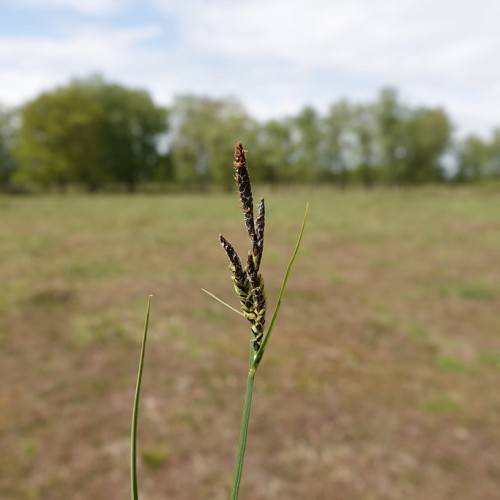
Sedge
Carex nigra x
Watering:
Frequent
Hardiness Zone:
Flowers:
Flowers
Sun:
Sun
Soil:
Sand
Leaf:
Yes
Growth Rate:
Low
Drought Tolerant:
Yes
Salt Tolerant:
Yes
Invasive:
Yes
watering
Spikenard Sedge should be watered approximately once a week. The frequency of waterings should depend on the climate and soil conditions. In general, water when the top inch of soil is dry to the touch. When in doubt, it is better to underwater than to overwater. To ensure that the plant gets an even amount of moisture, water in a way that saturates the soil instead of just sprinkling a few drops. Doing this will allow the water to reach the roots of the Spikenard Sedge.
sunlight
Spikenard Sedge (Carex nardina) thrives in semi-shaded to full shade areas, growing best in areas that receive filtered or dappled sunlight for significant portions of the day. During summer months, the plant's ideal sunlight may range from 2-4 hours per day. During winter months, the plant will need about 4-6 hours of sunlight per day.
pruning
Spikenard Sedge (Carex nardina) should be pruned in late winter or early spring after any signs of new growth. Prune your Spikenard Sedge to remove any dead foliage and flower stalks or remove any stems that are forming an impenetrable mat. Trim out unhealthy or congested clumps by pulling out small sections of runners. Also, it is important to cut back the larger culms at ground level so that new growth will emerge. Avoid pruning too heavily as this will reduce the plant's attractive foliage and flower.
